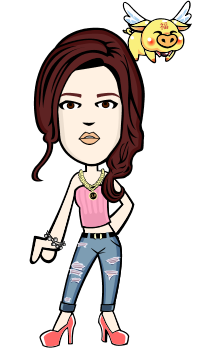Origami: The Art Of Paper Folding

Back when I was a child, I love to make a lot of origami. Until now, it is still my favorite past time hobby. Origami is a form of art that has been handed down from parent to their child through many generations.
Do you know how to create your own origami? Do you know what Origami means? How much do you know about origami?
Origami - Different Animals

Origami - Stars
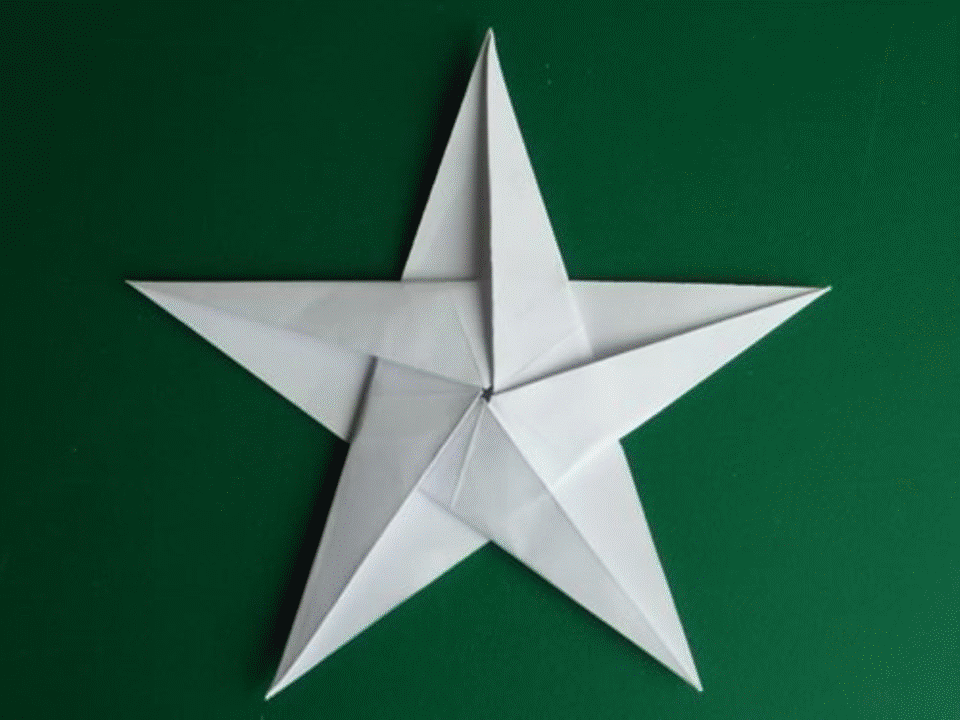
Origami - Flowers
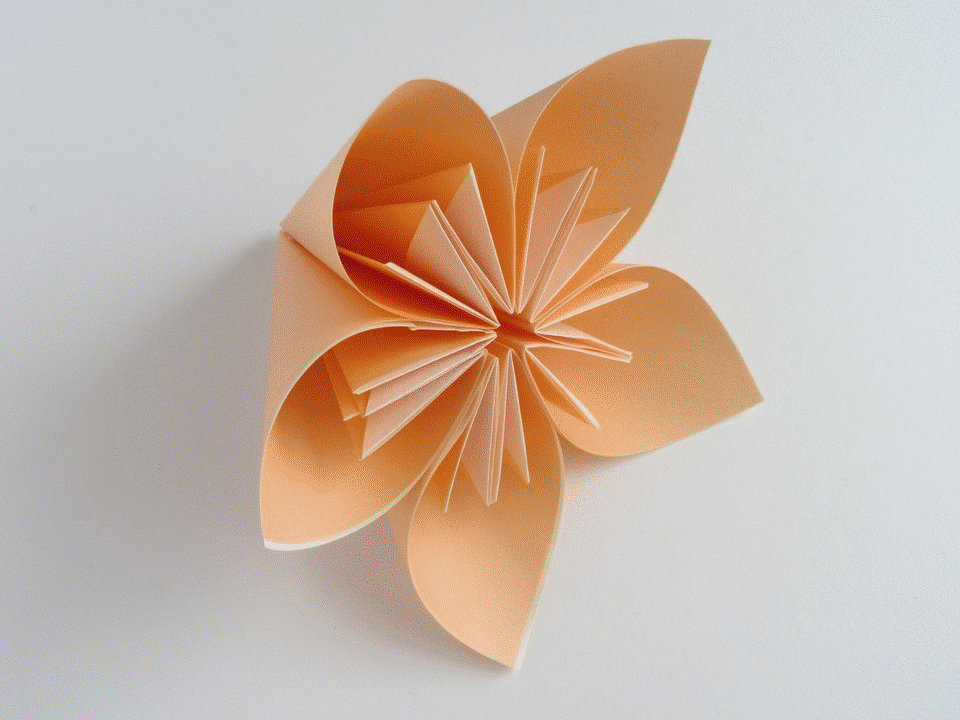
Origami - 2D and 3D Modulor

Origami - Cube

Origami came from two words (Ori means Folding and Kami means Paper). In short, origami is the art of paper folding. The word "origami" is usually used as an inclusive term for all folding practices, in spite of their culture of origin. The goal of origami is to transform or rework a ordinary flat sheet square of paper into a finished model through folding techniques. Modern origami practitioners usually discourage the utilization of cuts, glue, or markings on the paper.
The best-artistically notable origami model is the Japanese paper crane. In general, these designs begin with a square sheet of paper whose sides could also be of different colors, prints, or patterns. Animals like birds, fish, puppets, toys, geometric shapes, masks and mythical creatures are among the models that even very young kids can learn to create in just one sitting.
Origami - Crane
 (Image source: Google)
(Image source: Google)
(Video source: Youtube)
Origami - Heart
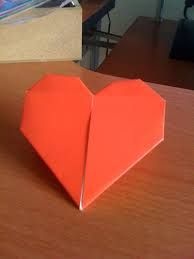
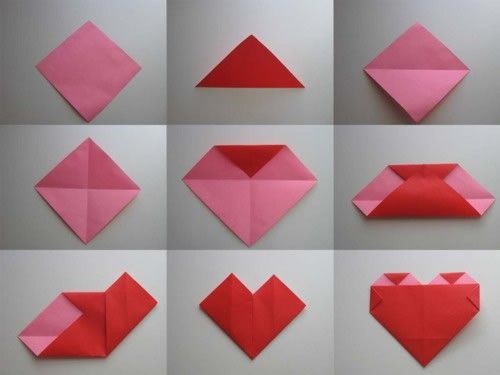
(Image source: Google)
(Video source: Youtube)
Origami - Rose Cube
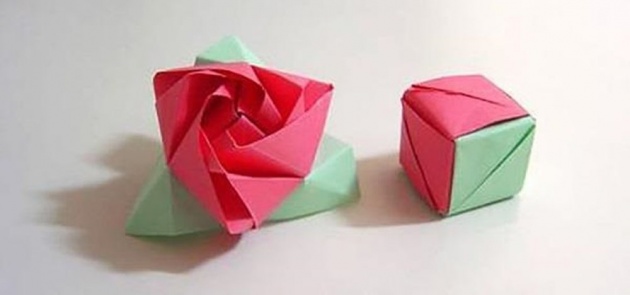
(Image source: Google)
Origami - Rose Cube (Tutorial)
(Video source: Youtube)
Origami - Rose

(Image source: Google)
(Video source: Youtube)
Origami - Elephant (Dollar Bill)
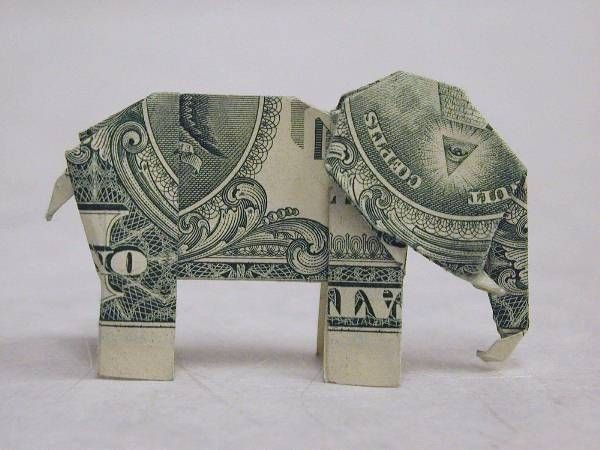
(Image source: Google)
Origami - Elephant (Dollar Bill) (Tutorial)
(Video source: Youtube)
Who were the first paper folders?
Until now, there's an ongoing debate as to who were the first or primary paper folders. Certainly, paper folding could be a part of Chinese culture, perhaps they were the first. When they were buried, replicas of items are folded and enclosed in their tombs. Also, the Chinese have continuously been recycling, and doesn't waste something that could be reused for artistic recreation. So, a paper that has served its original purpose currently will be recycled for artistic creation of origami. Several origami toys were developed by the Chinese. Children could create balloons out of paper, by filling them with water and throw them down with a loud splat.
Origami paper

Almost any stratified (flat) material may be used for folding. The only requirement is that it should hold a crease. Origami paper weighs slightly less than a copy paper, creating it appropriate for a wider vary of models.
Washi
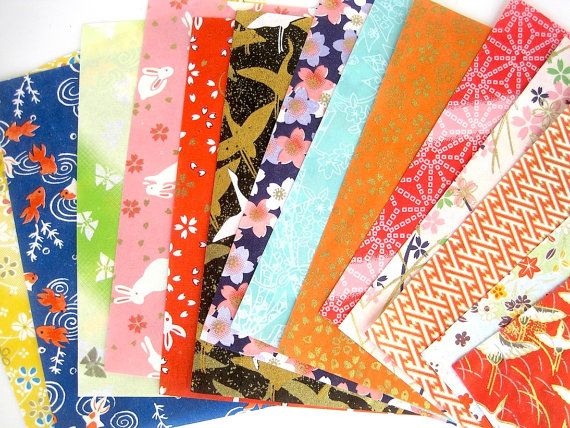
(Image source: Google)
Washi is known as the traditional origami paper used in Japan. Washi is mostly more durable than any ordinary paper and it's utilized in several ancient arts. Washi is often made using fibres from the bark of the gampi tree, the mitsumata shrub (woody plant) or the paper mulberry however can also be created using bamboo, hemp, rice, and wheat.
Kami
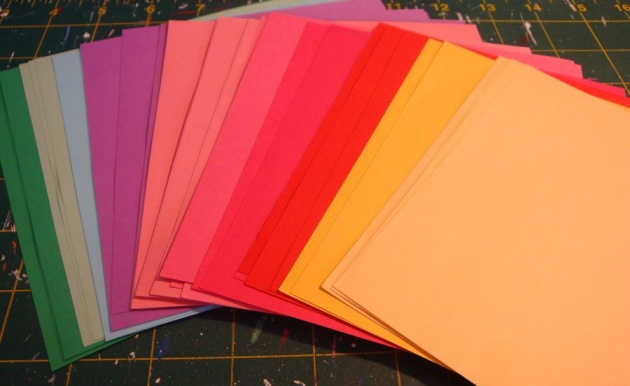
(Image source: Google)
Kami, also known as koi paper, is the cheapest, most cost-effective paper made specifically for origami, and therefore the most generally accessible. It was developed to be used in schools. The word kami simply means paper for Japanese, however it has acquired this specific meaning.
Kami is thin and simple to fold. It is usually printed solely on one side, with solid pattern or color. These patterns may be as easy as a gradation from red to blue, or as complicated as a multi-colored kimono (robe) pattern of flowers and cranes with gold foil embellishments. Kami comes in many sizes, however standard or customary sizes include 75 × 75 mm (about 3 × 3 inches), 6-inch squares and 10-inch squares.
Paper-backed foil
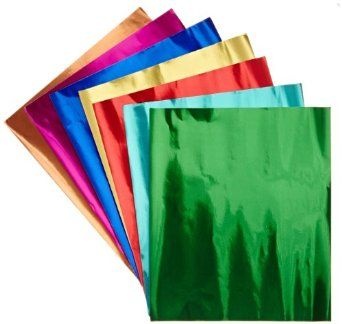
(Image source: Google)
This medium may be slightly more expensive, flashier, paper that's sensible for retentive creases known as paper-backed foil paper, Japanese foil, or just foil. Foil paper consists of a thin (skinny) layer of foil adhered to a very thin sheet of paper. The Foremost common colors are silver and gold, however any color is possible in foil paper as well as bright pink, blue and copper. In several multi-color packs, one sheet each of silver and gold paper is enclosed. These are typically placed on the bottom end of the string if used in a 1000 origami cranes.
Chiyogami

(Image source: Google)
Chiyogami, also known as Yuzen, is referred to the repetitive patterns found in several origami papers. Originally the design was applied with wood blocks, however nowadays most chiyogami is created with silkscreen techniques. You will be able to find chiyogami manufactured from washi or regular paper.
Dollar bills and Banknotes
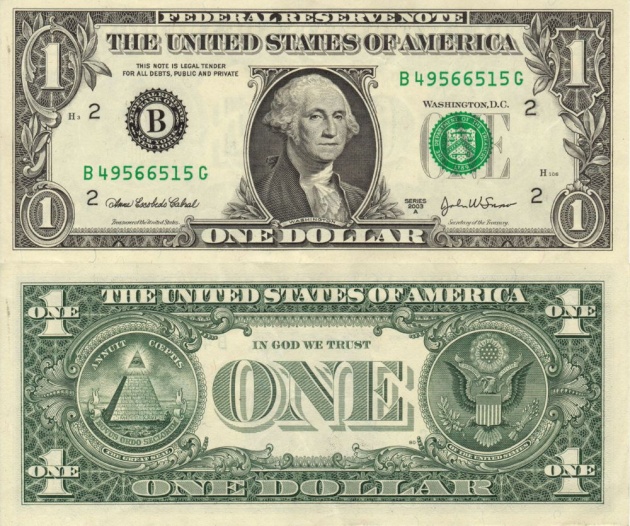
(Image source: Google)
An origami snail that's created out of a dollar bill. Banknotes could also accustomed to fold models as well. Banknotes are common media for folding because the subject within the obverse of the banknote will create a striking appearance on the finished model.


Warning: This blog is my original work. Please don't plagiarize.

